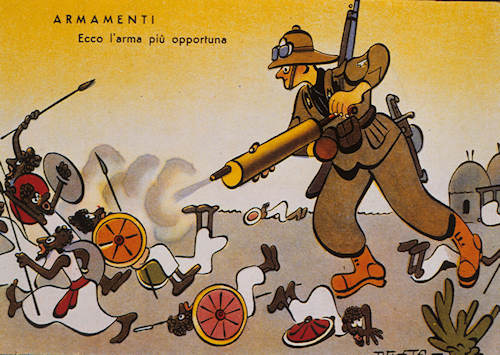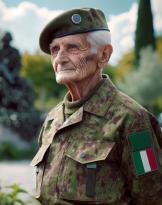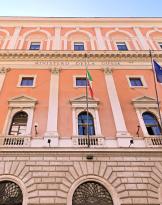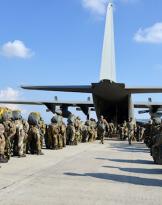Dear director, I recently read on your site the news of the return of the aircraft to the Ethiopian government Weber A VII which belonged to Negus Hailè Selassie, preserved in the Vigna di Valle Museum.
My doubts in this regard arise from the fact that, instead of transferring the aircraft to Ethiopia, it would not have been more useful to use the funds set aside for the purpose for the construction of an aeronautical technical institute, or better yet to found a faculty of aerospace engineering, i.e. for the strengthening of a possible existing faculty at the University of Addis Ababa?
I would like to remind you that already in 1969 the then Negus Haliè Sellasiè decided to consider it as a gift from the clergy of Axum to the city of Rome, as witnessed then by Duke Amedeo d'Aosta, nephew and heir of the Duke of Aosta, former Viceroy of Ethiopia , asking in exchange for the construction of a pediatric hospital in the city of Axum itself.
The subsequent events with the deposition of the Negus and the assumption of power by the dictator Menghistu Aileè Mariam prevented the settlement of the affair, transforming it into a further dispute between the two countries, until the fall of the dictator in 1991.
Evidently the new Ethiopian rulers neglect substance in favor of form.
Carlo Brozzi
Dear reader, I understand the doubts but in this case there are additional aspects to keep in mind. The Meindl van Nes A.VII "Ethiopia 1" it was a significant aircraft in Ethiopian aviation history, representing one of Ethiopia's initial efforts to establish a capable air force. This plane, supervised by Ludwig Weaver (engineer and pilot tedesco), was a heavily modified version of the British de Havilland DH.60 Moth and served as personal transport for the emperor. It represented a period in which the country was seeking to develop air capabilities in response to external threats and Ethiopia's desire for technological modernization.
If we don't pay close attention to expenses, with which certainly much more could have been achieved, the restoration was a special occasion, being a unique specimen, to test the extraordinary restoration capabilities of the Historical Museum of the Italian Air Force. Professionalism - artisanal - that survives only with constant practice.
What is striking is discovering from subsequent statement from the Ministry of Defense how much, as you well pointed out, the Ethiopian rulers love the form: the aircraft "last 11 February, in Addis Ababa, in the presence of President Sahle-Work Zewde, the Prime Minister of the Federal and Democratic Republic of Ethiopia Abiy Ahmed Ali and the Mayor Adanech Abiebie, as part of the inauguration ceremony of the Adwa Victory Memorial, was positioned within the same monumental area".
 The victory at Adwa was an important historical event that occurred on March 1, 1896, in which Ethiopian forces, led by Emperor Menelik II, defeated the (royal) Italian army. The battle represented the first major African victory against a colonial power, consolidating Ethiopia's independence at a time when Africa was largely dominated by European colonialism. The victory at Adwa became a symbol of anti-colonial resistance for the peoples of Africa and other continents.
The victory at Adwa was an important historical event that occurred on March 1, 1896, in which Ethiopian forces, led by Emperor Menelik II, defeated the (royal) Italian army. The battle represented the first major African victory against a colonial power, consolidating Ethiopia's independence at a time when Africa was largely dominated by European colonialism. The victory at Adwa became a symbol of anti-colonial resistance for the peoples of Africa and other continents.
So, speaking of history and making a parallel, what if Russia returned to Japan a recovered and restored torpedo boat that sank in the Tsushima Strait? Unlikely...
However, we can think that the subsequent high "Ipritic" interests (in the 1935-1936 image a postcard intended for the troops engaged in East Africa) can make people "tolerate" the very harsh* defeat of that time, as much as the humiliation Today...
Andrea Cucco
* The defeat at Adwa caused a deep crisis in Italy, leading to the fall of the government and a reflection on the country's colonial policy. It was perceived as a shame that influenced public opinion and Italian foreign policy.
Photo: Ministry of Defense / web












